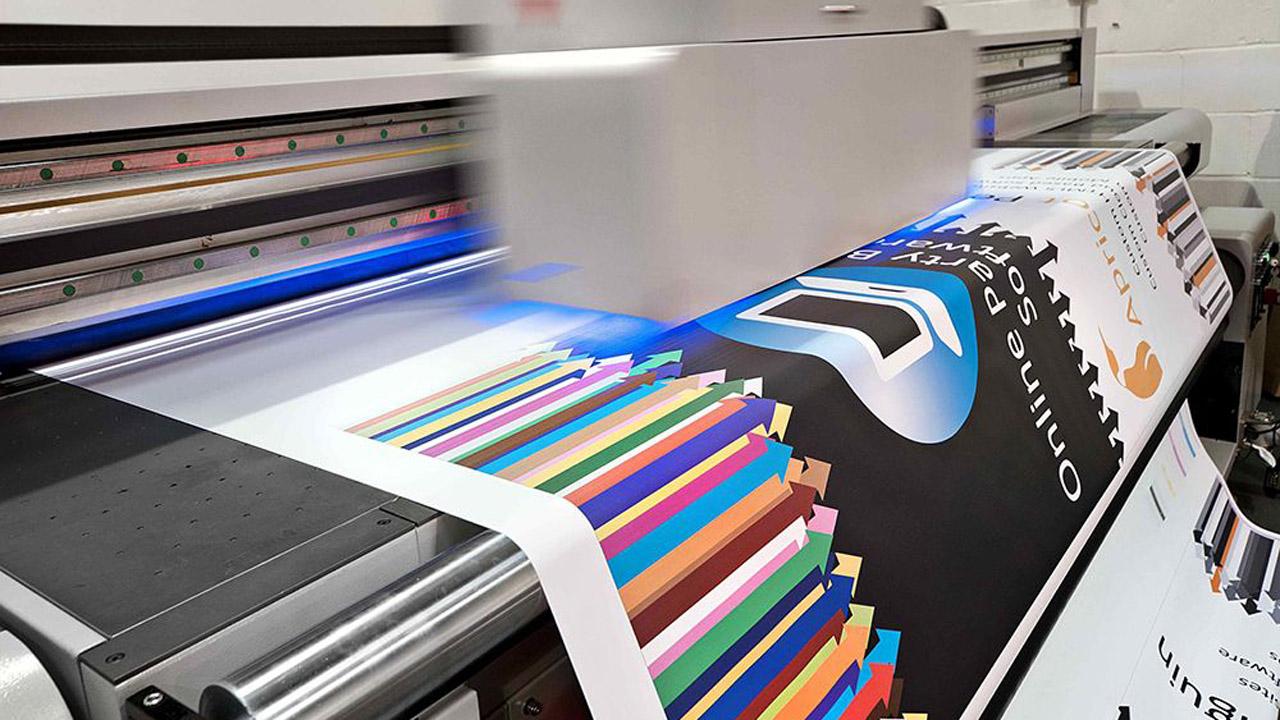Your business may be multi-faceted offering several different types of printing and decoration. Digital printing can be defined as a decoration method that uses a digital printer to print on goods. This may include flats like signs, banners, or stickers. It may also include direct-to-garment printing.
This type of printing should be treated much differently when it comes to pricing accurately. Digital printing is a completely different animal because there is less set up time, and potentially more print time and labor after it has printed. Since a digital printer can usually print at a fixed speed, your pricing model should accurately reflect it.
Let’s dig into how you should price Digital Printing.
Artwork
Often overlooked, artwork can play a key role in the success of the job. Print ready artwork vs. nonprint ready artwork can play a huge difference in your production time. You should have prices based on the complexity of the artwork given and should be firm about that. Time spent manipulating artwork to be print ready requires time and money out of your pocket. Customers should be held accountable for that.
Square Footage
Since a digital printer has limitations on how quick jobs can print, you should be charging based on print area. Obviously, printers work off ink and ink gets costly! If you are DTG printing, a 4″x 4″ imprint will take less time and ink than a 12″ x 12″ imprint. As long as the print head makes a pass on that printable area, you should be charging for it. Don’t shortchange yourself here because the passes the print head makes will happen regardless of the ink being laid down.
When doing flats like signs, banners, or stickers, account for the total square footage that will be required to produce the goods. If the customer is looking for an obscure size that will waste media, ensure that your price reflects the wasted area. For a sticker, figure out how many stickers you can fit into a square foot and charge by a linear foot or your media width.
Media Type
What you print on matters. If we’re talking garments, it is harder to print on sweatshirts or nicer garment than it is to print on a basic t-shirt. You might have more time in pre-treating. There is also a risk associated with replacing that garment if you have a misprint.
For flats, basic vinyl might be quick and easy, but window clings and transparent media may require a slower print speed. Recognize these early on and account for them!
Additional Labor
Specifically, signs & banners require quite a bit of work after items have been printed. If you are rolling, cutting, and applying grommets to banners, that manual labor can certainly add up! Applying printed goods to substrates like coroplast or aluminum can require a great amount of detail that can eat away at your profit.
Quantity
If you order more, customers should get a discount right? Be careful about this because your production time to make one banner vs. 12 banners might be exactly the same. In screen printing, you can set up a job and run at 300-400 shirts an hour but when you are digitally printing, you may be limited by equipment and print speed.
Image source: Ayub Printing


0 Comments